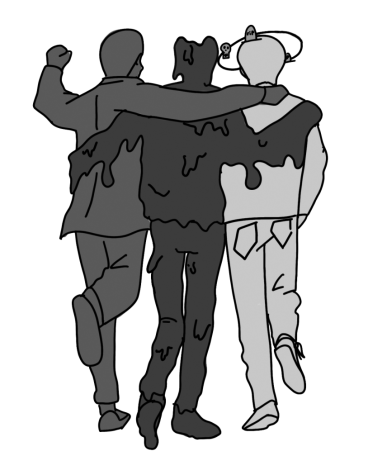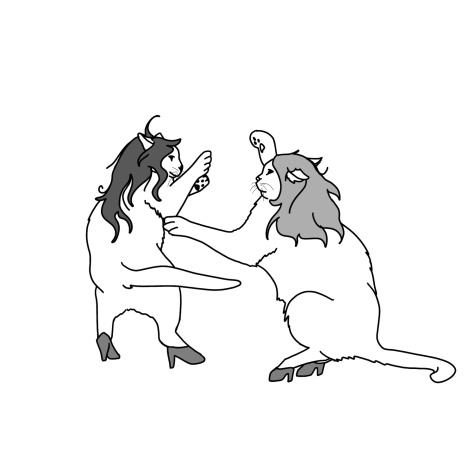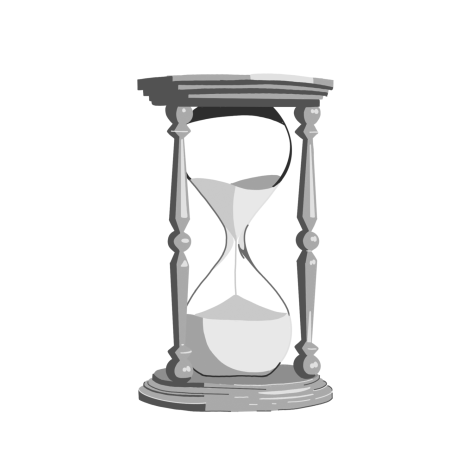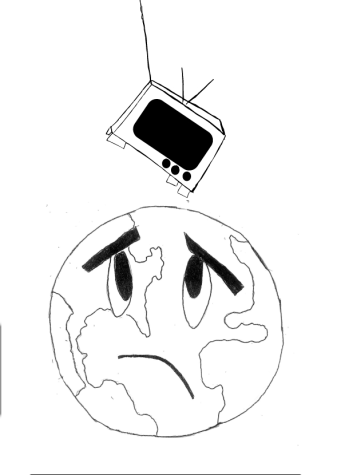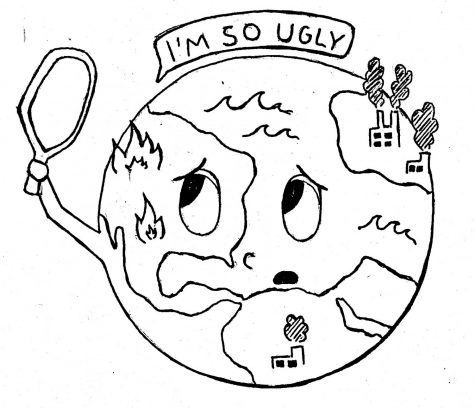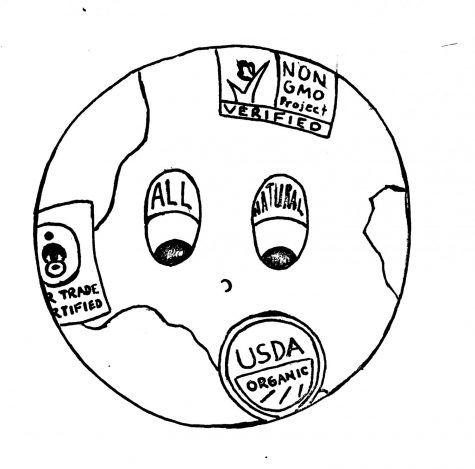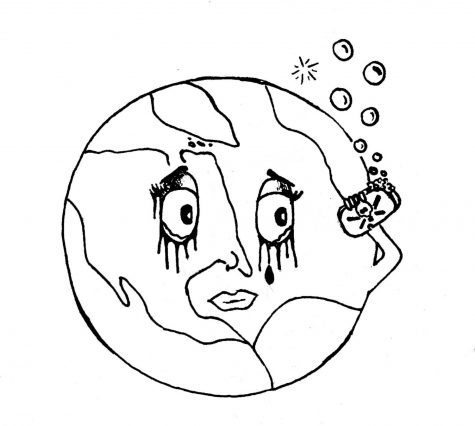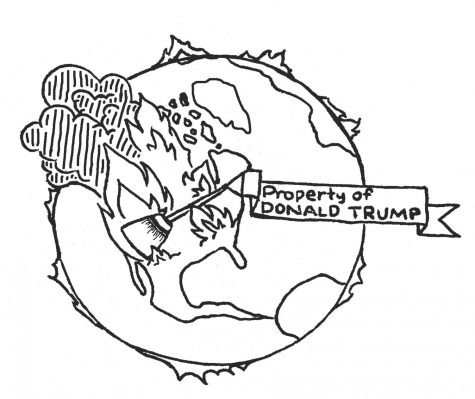Global Warning: ‘Tis the season to reduce your carbon footprint
December 14, 2020
Upon seeing the presents under the tree Christmas morning or by the menorah on Hanukkah nights, your first thought probably isn’t whether or not they’re wrapped in recyclable paper. That laminated, glittery covering and the accompanying bows are emblems of the holiday season, as are Thanksgiving feasts and lavishly decorated Christmas trees. However, these traditions and cultural staples of the winter season contribute a large percentage of the waste and pollution generated year-round.
The holidays may be the most wonderful time of the year, but they are also the most wasteful. From Thanksgiving to New Year’s Day, the average amount of waste per household increases by 25 percent. Season-specific food waste, gifts and gift packaging generate one million tons of trash that enter landfills each week. Turkey, pumpkin pie and other foods we consider holiday delicacies travel an average of 1,500 miles from farm to plate.
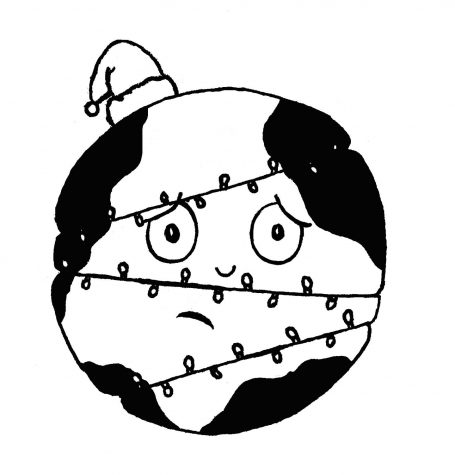
Considering that these dishes are often transported by either gas-guzzling 18-wheelers or jet planes, the environmental impact can be disastrous. This season, consider checking out the many websites and farmers’ markets that provide locally-sourced foods that generate a fraction of the emissions.
Additionally, approximately 8,000 tons of wrapping paper are used during the holidays each year, which is equivalent to 50,000 trees – enough to wrap around the world nine times. In order to avoid this fate, try to pass on plastic-coated wrapping paper and limit your use of non-reusable gift packaging.
The gifts wrapped in this paper are another one of the major offenders during the holidays. Toys produced and distributed during this season alone generate 68.1 billion metric tons of carbon dioxide. 90 percent of toys on the market are made of plastic, and 40 million tons of plastic are used with every one million dollars spent on toy production. Finding replacements for these short-lasting toys, ornaments and even artificial trees can significantly reduce your waste over the next few months.
In an interview with The Guardian, Roland Haberamecher, a technical auditor at Swico electronics recycling company, said electronic waste also soars during the holidays.
“We have a peak season [of waste] from the end of December until the beginning of February. Lots of consumer electronics, televisions, unwanted stuff [is thrown away],” Haberamecher said. Our consumerism habits create a tendency to buy cheaply and throw away unnecessarily, which drives the excessive landfill contribution of the holidays.
You can look to Amazon and Etsy to buy gifts, as they now offer hundreds of sustainable product options from tech to toys. Teens nowadays also know that thrifting is also a great way to search for little treasures or full-blown outfits to gift your friends and family. No matter where or what you buy, it is important to factor the intended longevity and carbon footprint of your items into your decisions.
No matter how old you are, the magic of the holiday season is essential to maintain. The painful family dinners, last-minute gift shopping and pure joy of waking up to see those gifts under the tree should not be diminished by sustainable adjustments. You don’t have to switch to sharing a Tofurkey (Tofu turkey) or give up plastic toys forever; making informed decisions with your purchases alone can significantly help reduce the enormous excess of waste during the holidays.
Another major contributor to the carbon footprint of the holidays is the 112.5 million Americans that travel during the holiday season, a little less than a third of the U.S. population. This number should decrease this year due to our efforts to prevent the spread of COVID-19, but we must still be mindful for the future. 100 million out of these 112.5 travel by car, so one of the items on your Christmas list this year might be an electric vehicle, regardless of whether you plan to visit or flee from your relatives.
I certainly don’t mean to snuff out your (yule log) fire, but if we continue our current consumerism and transportation habits, Rudolph will soon need his nose to shine through smog, not fog. No matter what holiday you celebrate, it’s time to start making our traditions more sustainable to ensure white Christmasses long into the future.







